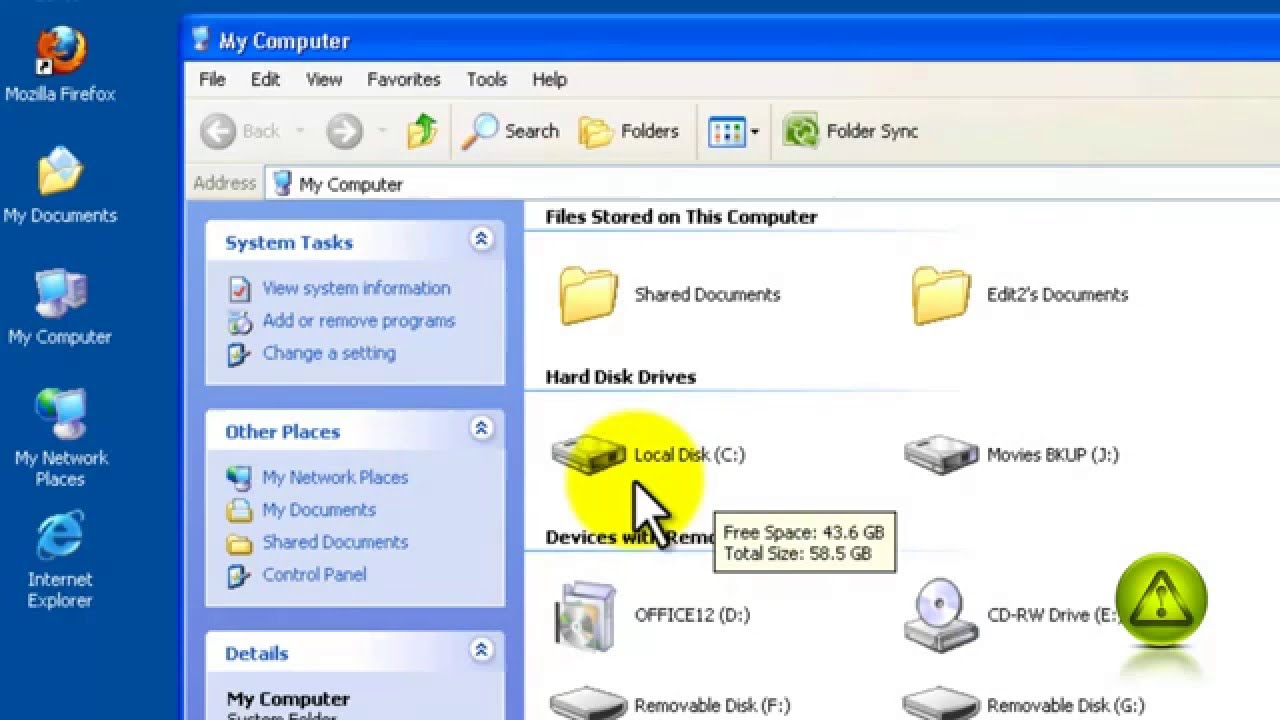
In an era where data privacy and security are paramount, encrypting sensitive files and folders is a crucial step to protect confidential information from unauthorized access. Windows XP, despite its age, offers built-in encryption capabilities that allow users to encrypt files and folders effortlessly. Whether you’re safeguarding personal documents, financial records, or sensitive business data, knowing how to encrypt files and folders in Windows XP is essential for maintaining data confidentiality. In this exhaustive guide, we’ll delve deep into the intricacies of file and folder encryption, empowering users to secure their digital assets with confidence and precision.
Understanding File and Folder Encryption in Windows XP:
Before we embark on the process of encrypting files and folders, it’s essential to grasp the concept of encryption and its significance within the Windows XP operating system. Encryption is the process of converting data into a coded format using cryptographic algorithms, making it unreadable to anyone without the decryption key. In Windows XP, the built-in encryption feature utilizes the Encrypting File System (EFS) to encrypt and decrypt files and folders seamlessly. EFS uses a combination of symmetric and asymmetric encryption techniques to protect data, ensuring that only authorized users can access encrypted files and folders.
Step-by-Step Guide to Encrypting Files and Folders:
Now, let’s explore a systematic approach to encrypting files and folders in Windows XP:
Step 1: Enable Encryption on the Drive:
- Before encrypting files and folders, ensure that the drive containing the target files and folders is formatted with the NTFS file system.
- Right-click on the drive containing the files and folders you want to encrypt and select “Properties” from the context menu.
- In the drive properties window, navigate to the “General” tab and check the box next to “Encrypt contents to secure data.” Click “OK” to apply the changes.
Step 2: Encrypting Files and Folders:
- Navigate to the file or folder you want to encrypt using Windows Explorer or My Computer.
- Right-click on the file or folder, select “Properties” from the context menu, and navigate to the “General” tab.
- Click on the “Advanced” button to open the Advanced Attributes window.
- Check the box next to “Encrypt contents to secure data” and click “OK” to apply the changes.
- If encrypting a folder, you will be prompted to choose whether to encrypt only the folder or the folder and its contents. Select the desired option and click “OK.”
Step 3: Backing Up Encryption Certificates (Optional):
- To ensure that encrypted files and folders remain accessible in case of system failure or data loss, it’s crucial to back up encryption certificates.
- Open the Control Panel, navigate to “User Accounts,” and select “Manage my certificates.”
- Follow the prompts to export and back up your encryption certificates to a secure location, such as a removable storage device or cloud storage service.
Step 4: Decrypting Files and Folders:
- To decrypt an encrypted file or folder, simply navigate to the target item in Windows Explorer or My Computer.
- Right-click on the encrypted file or folder, select “Properties” from the context menu, and navigate to the “General” tab.
- Click on the “Advanced” button to open the Advanced Attributes window.
- Uncheck the box next to “Encrypt contents to secure data” and click “OK” to apply the changes.
- If decrypting a folder, you will be prompted to choose whether to decrypt only the folder or the folder and its contents. Select the desired option and click “OK.”
Advanced Encryption Techniques:
For users seeking more advanced encryption techniques and capabilities in Windows XP, several options are available:
- Using Third-Party Encryption Software: Various third-party encryption software solutions offer advanced features and functionalities beyond what Windows XP provides. Examples include VeraCrypt, BitLocker, and TrueCrypt.
- Implementing BitLocker Drive Encryption: Users running Windows XP Professional Edition can upgrade to Windows Vista or later to utilize BitLocker Drive Encryption, a robust encryption solution for protecting entire disk volumes.
Conclusion:
In conclusion, encrypting files and folders in Windows XP is a critical step to safeguard sensitive information and maintain data confidentiality. By following the step-by-step guide outlined in this article and exploring advanced encryption techniques, users can secure their digital assets with confidence and precision. Whether protecting personal documents, financial records, or sensitive business data, mastering file and folder encryption in Windows XP empowers users to maintain privacy and security in an increasingly digital world. So take control of your data today and encrypt your files and folders with the assurance that your information remains safe from prying eyes!